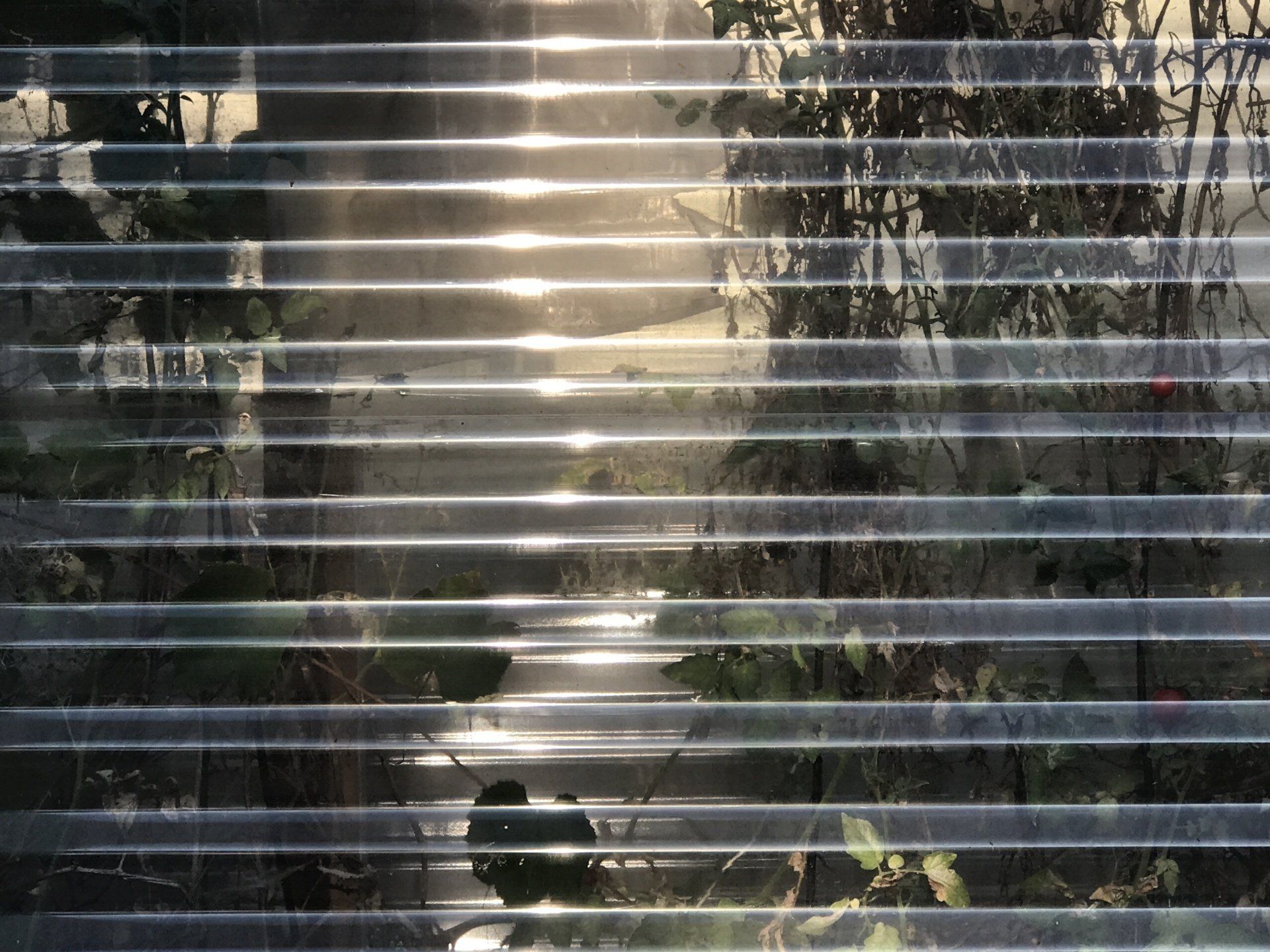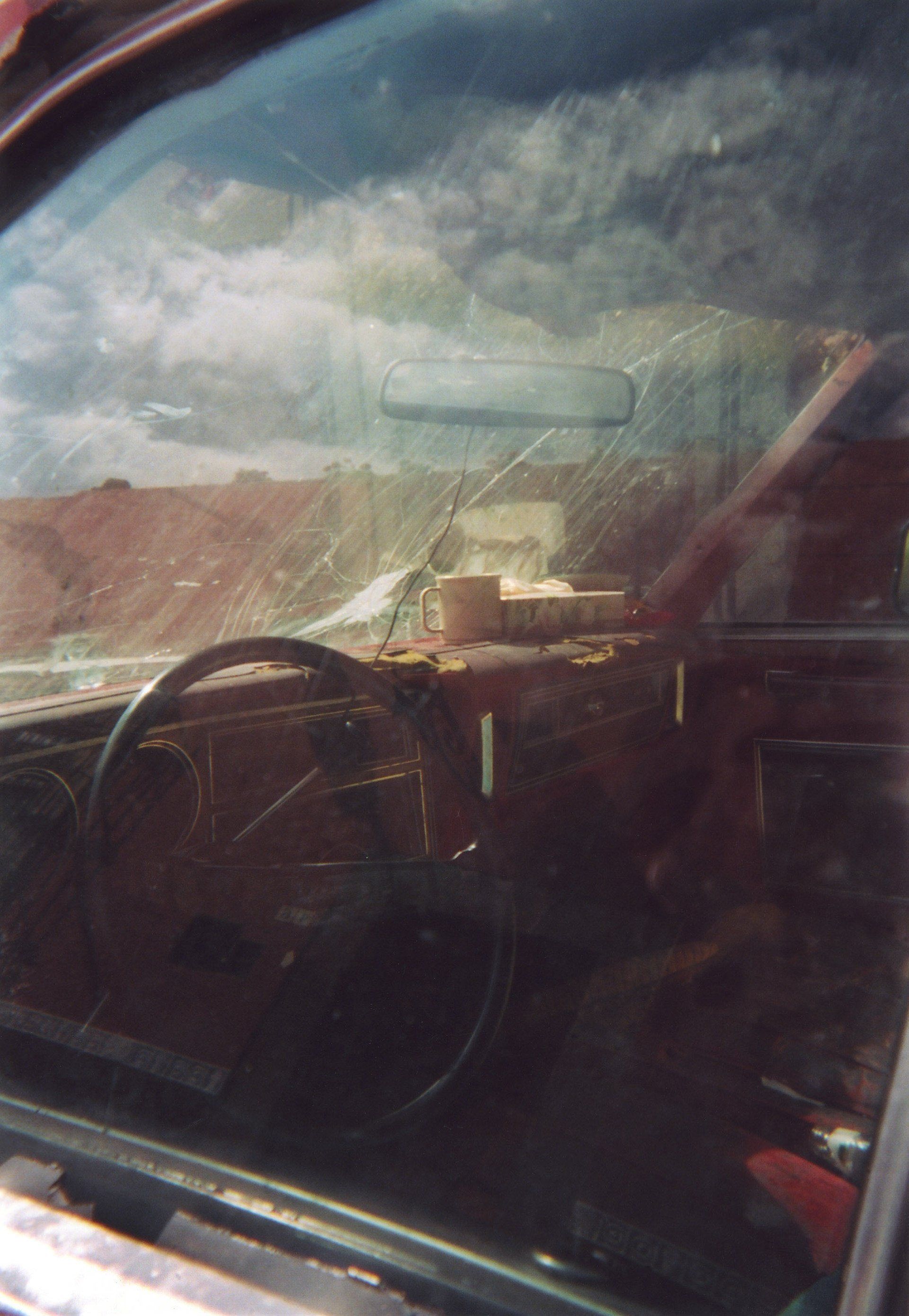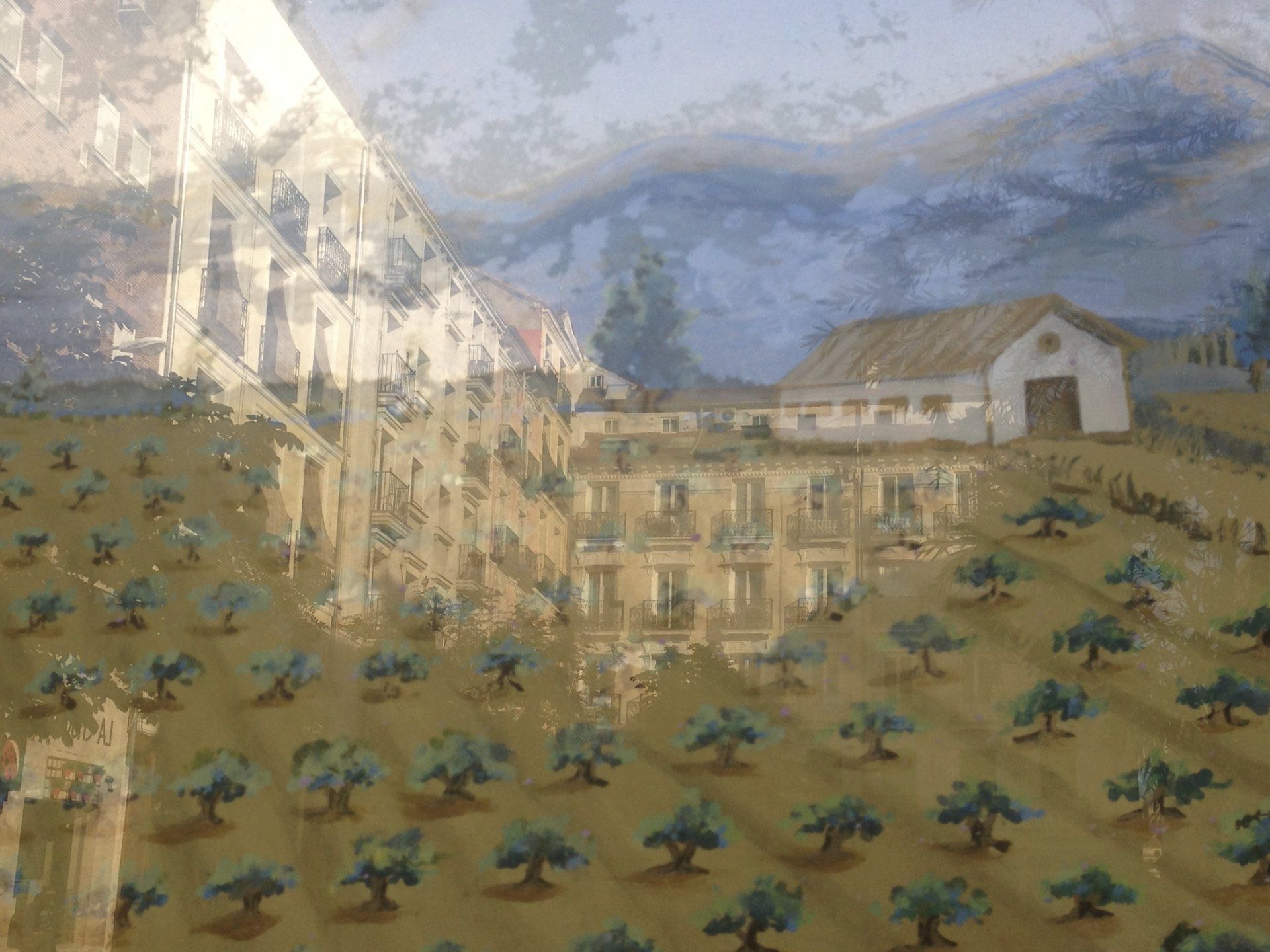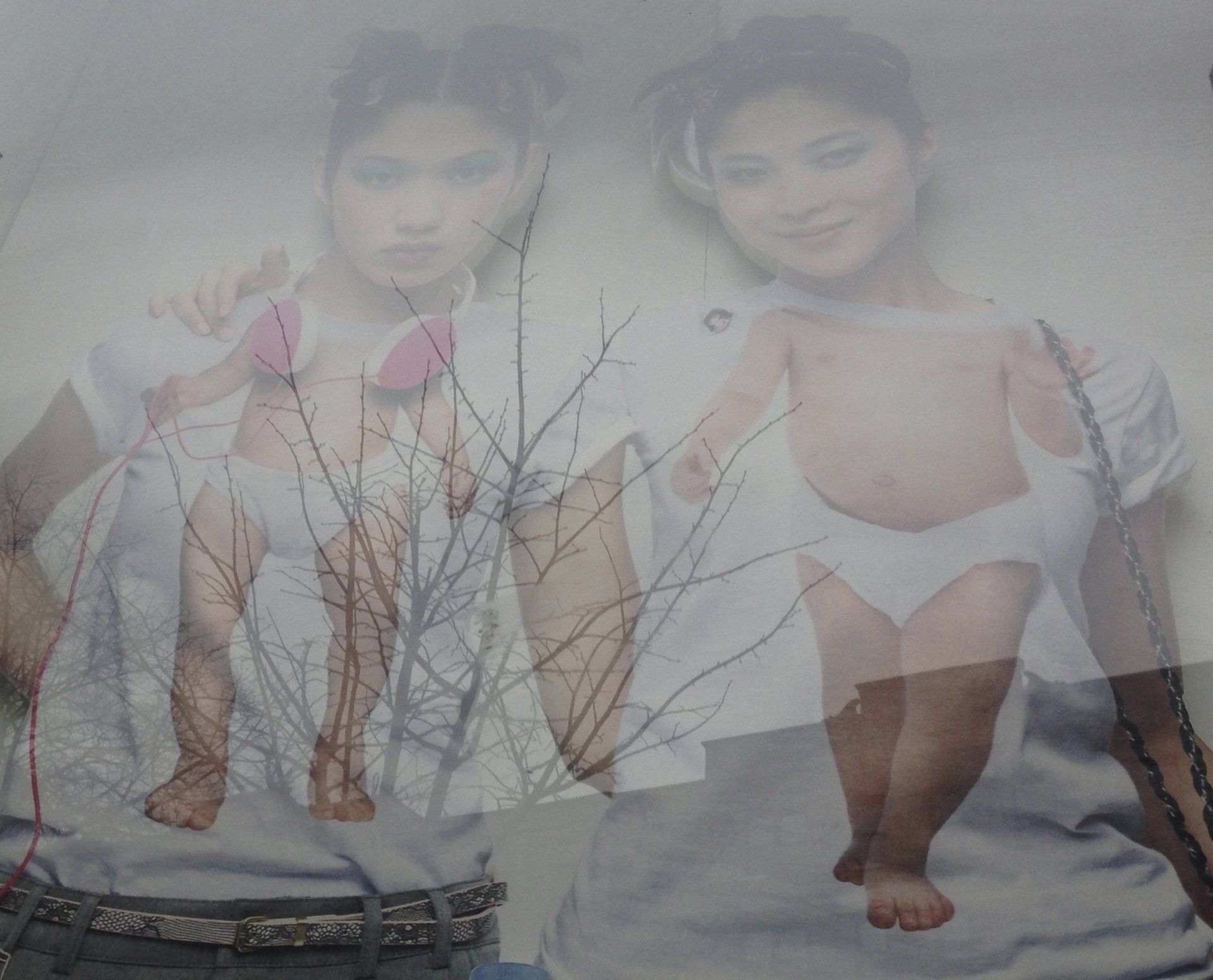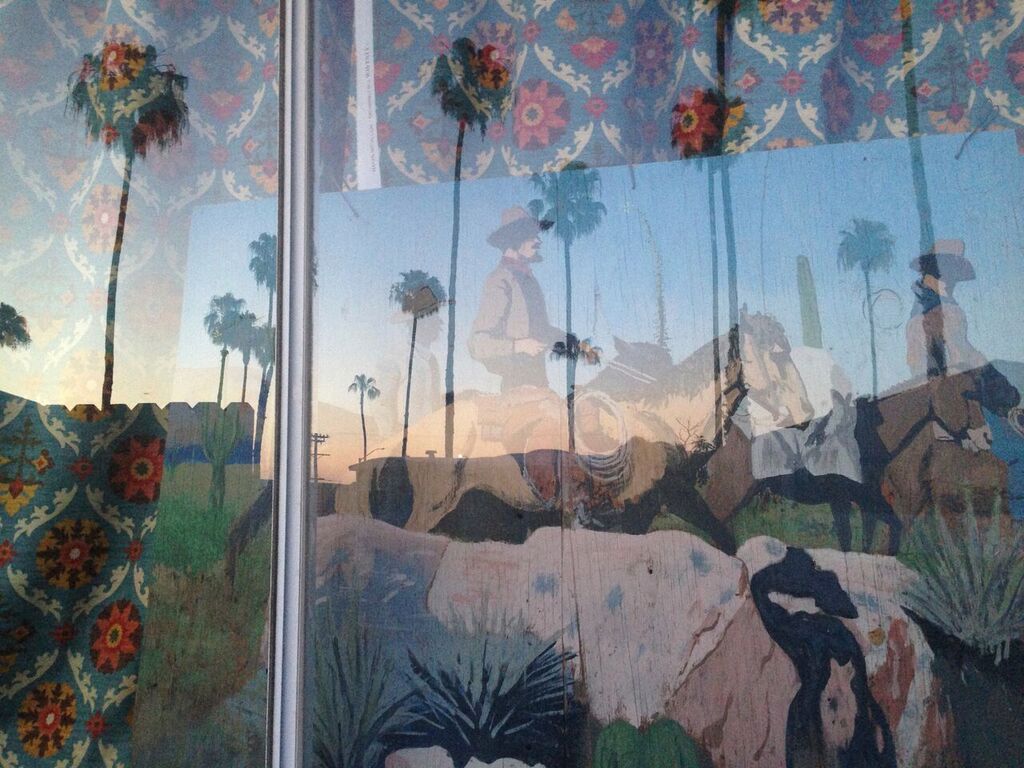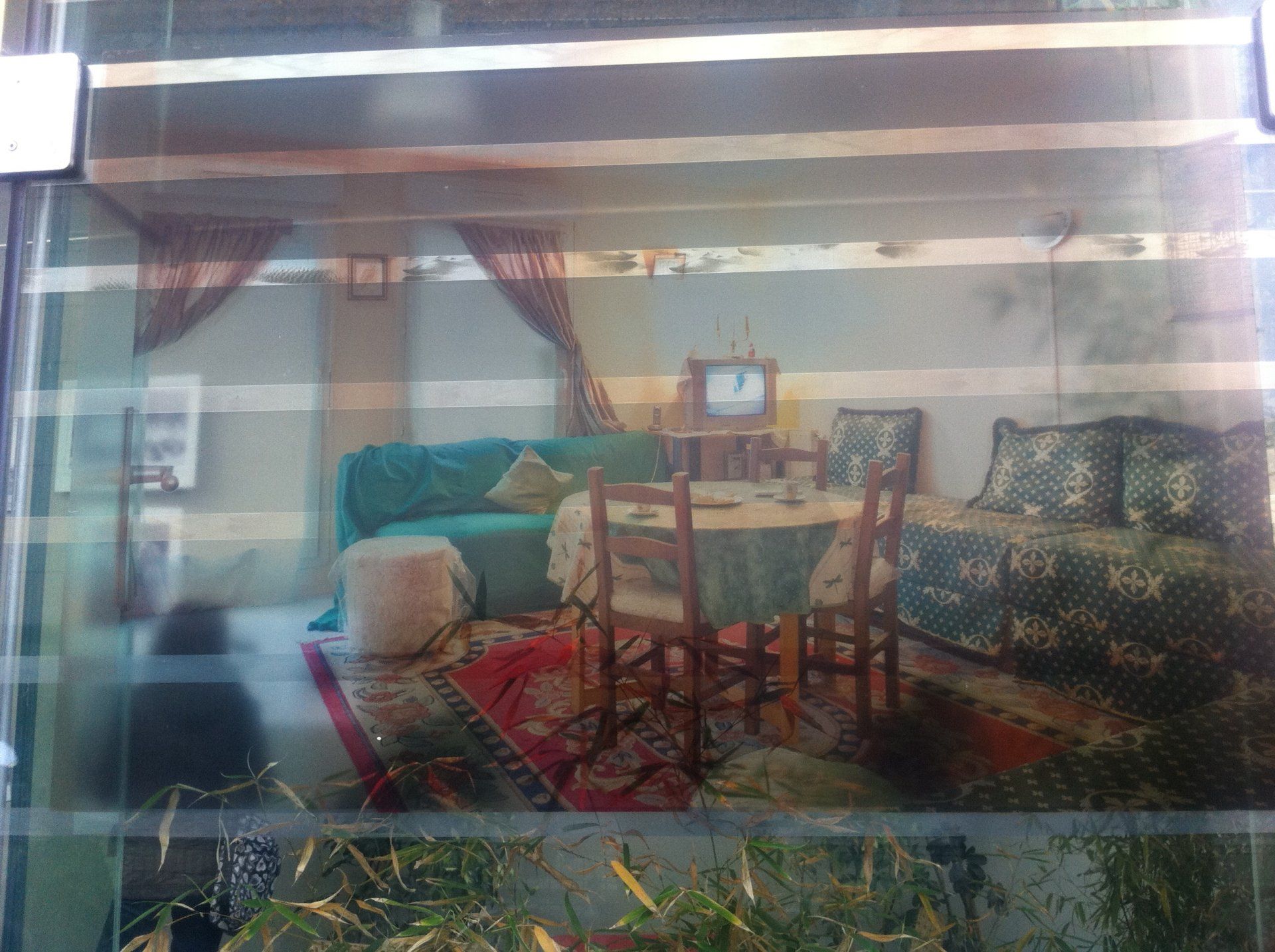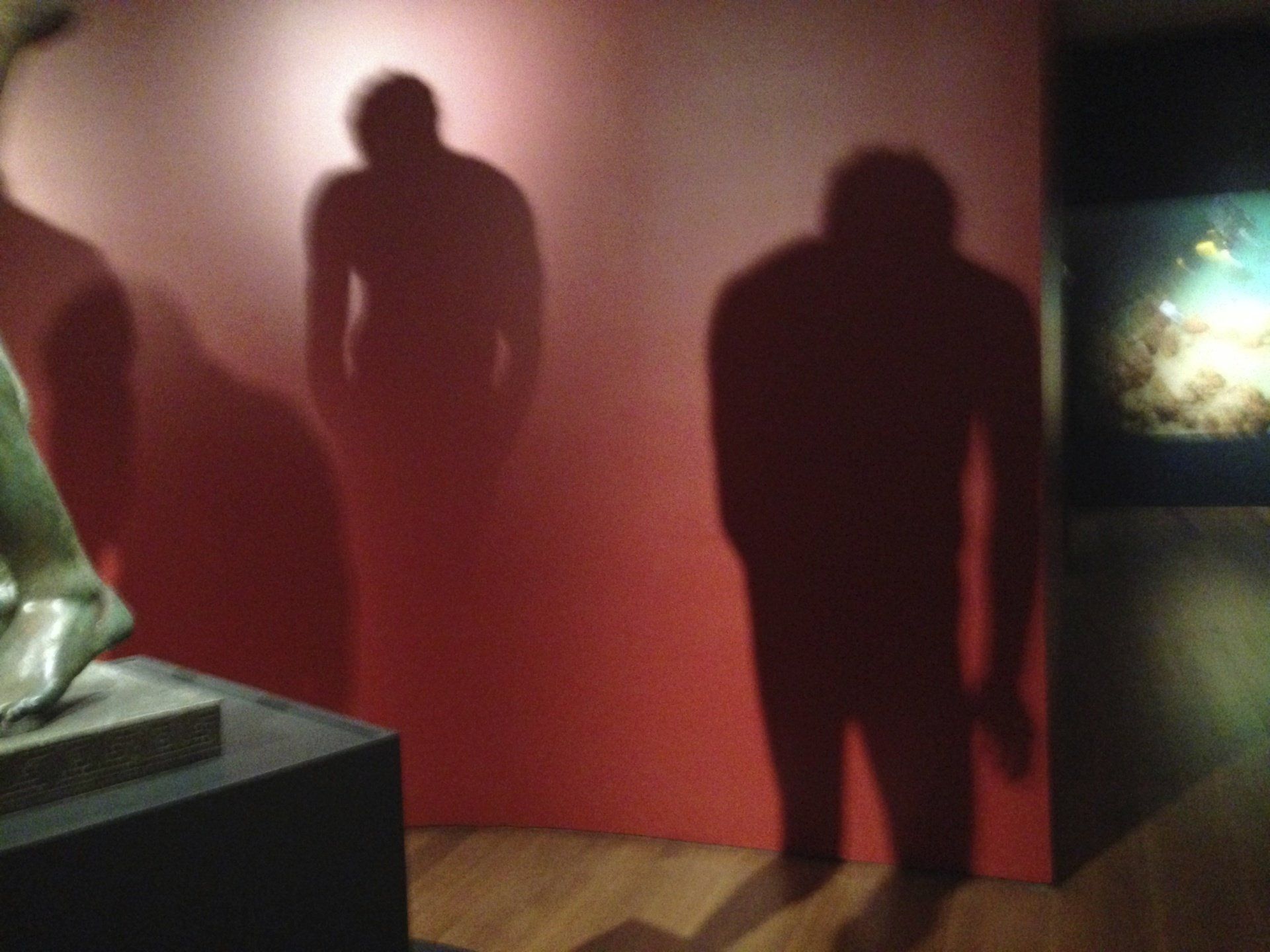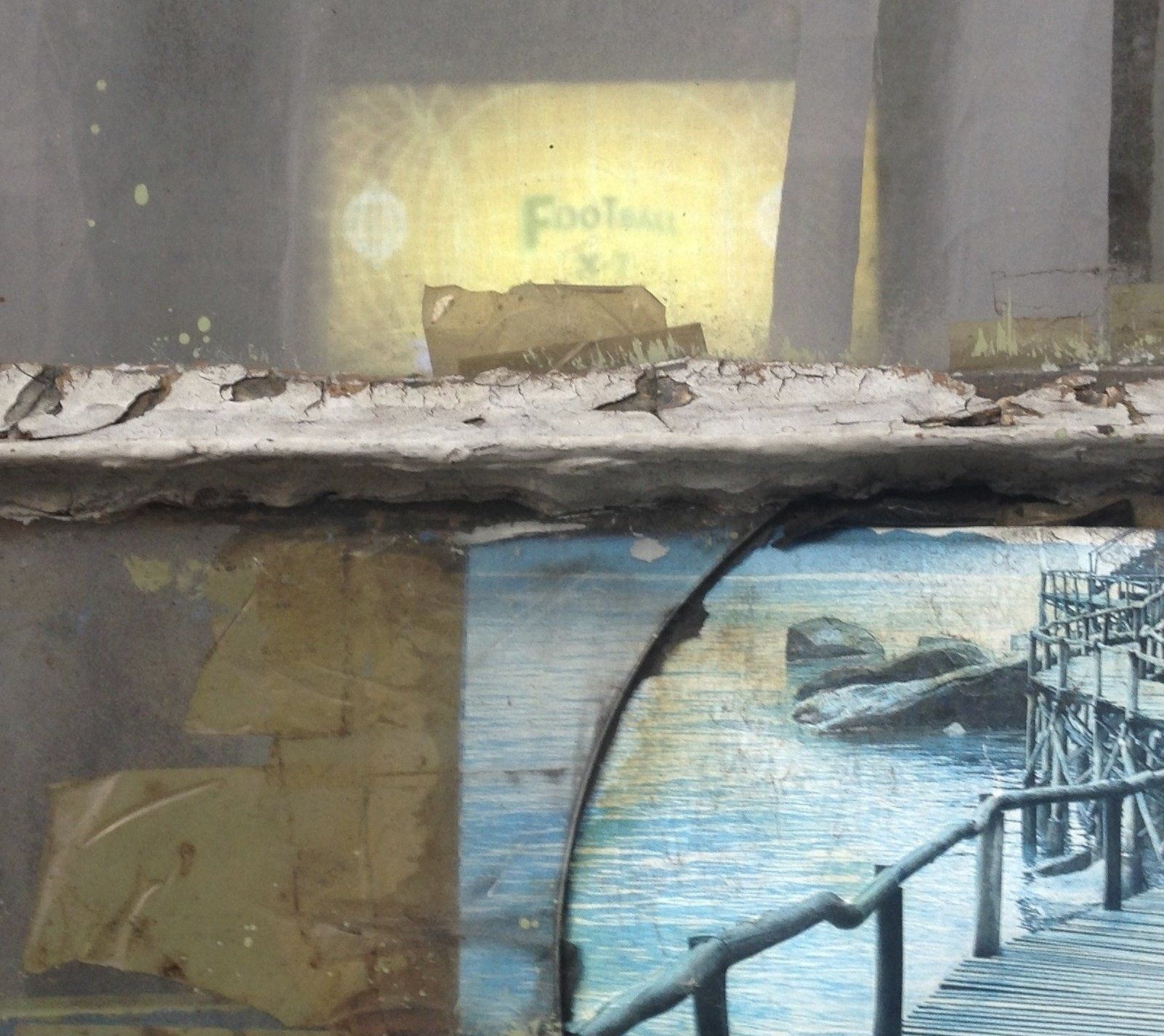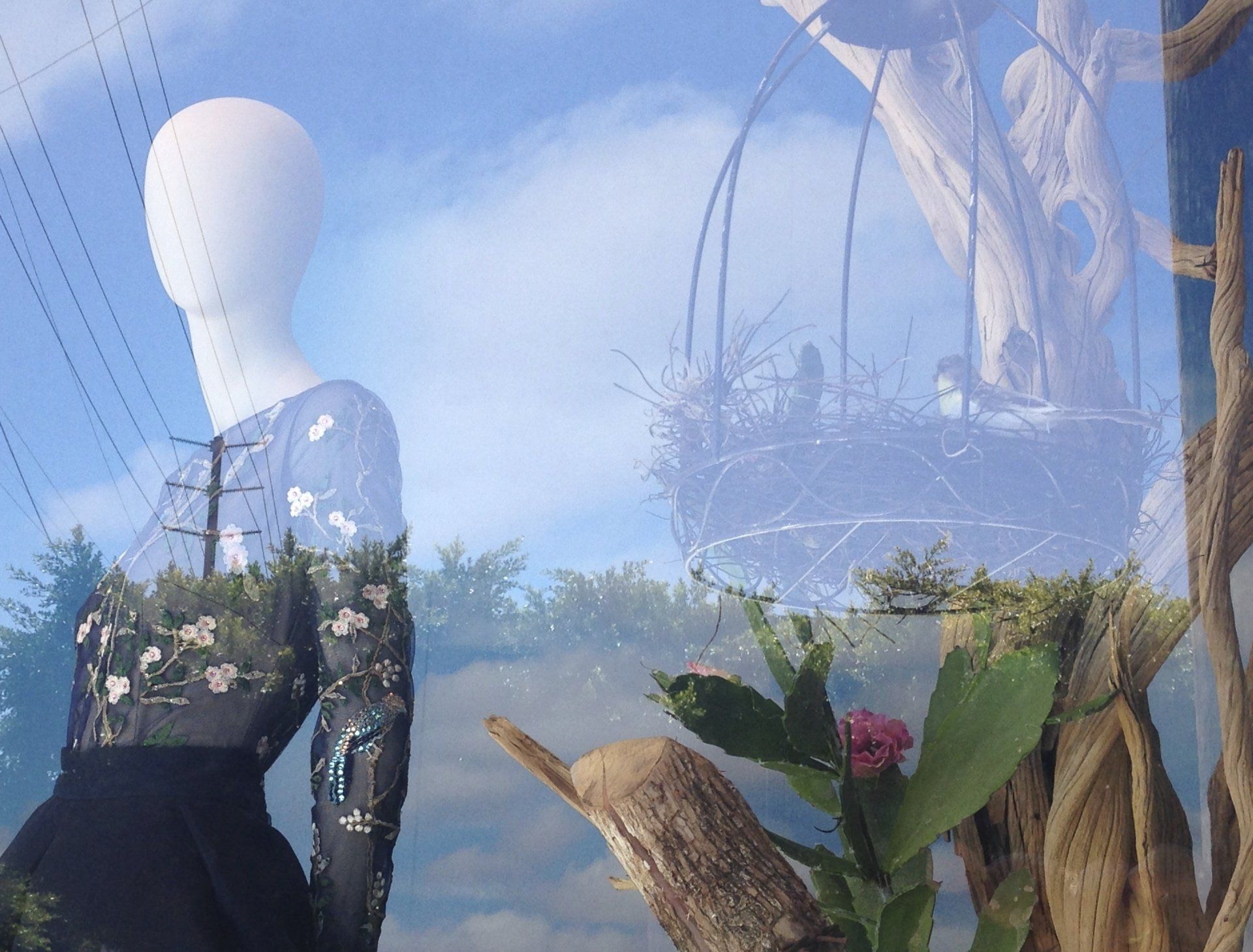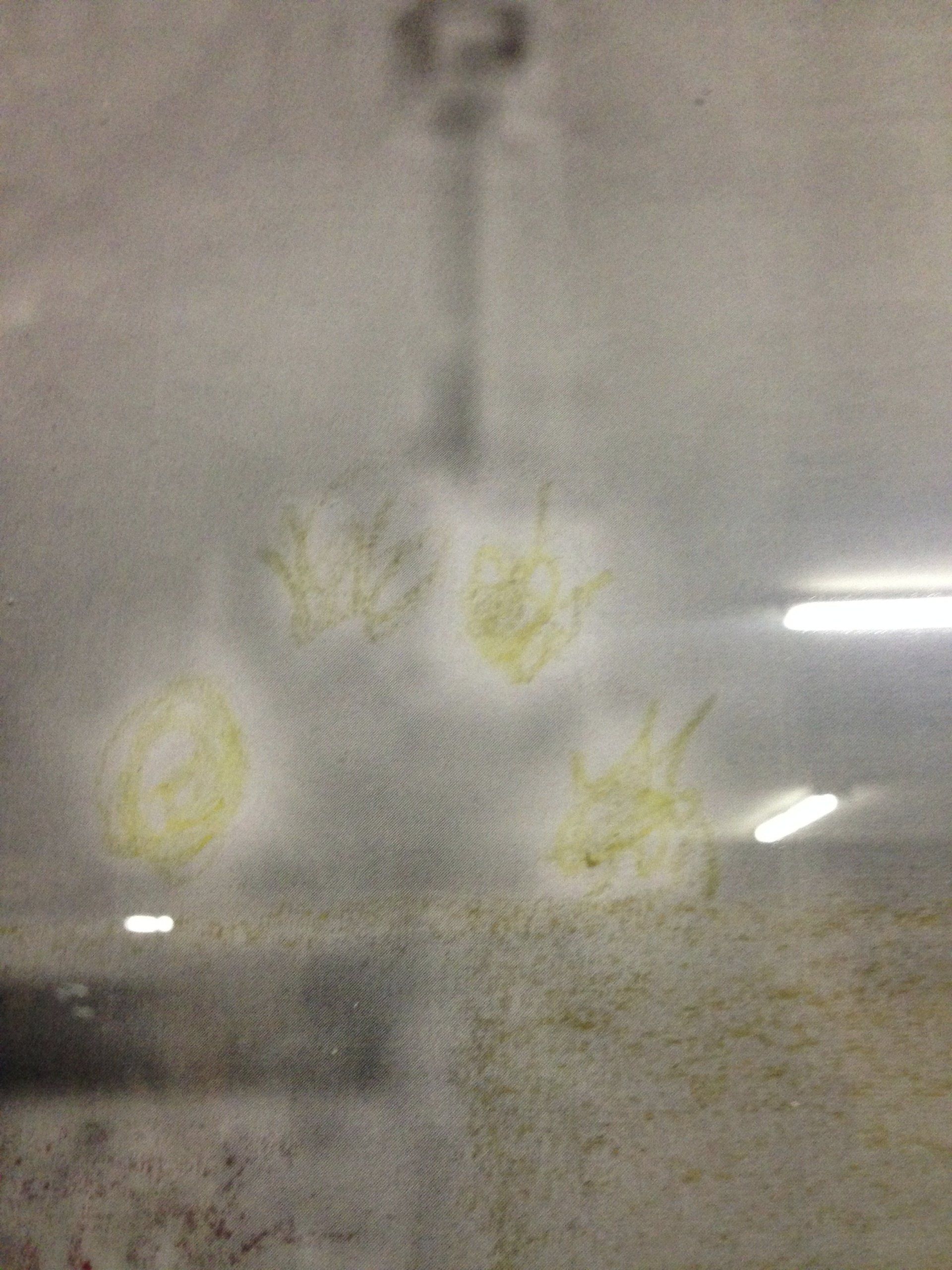JANET STERNBURG
Janet Sternburg (Boston, 1943) lives and works between Los Angeles and San Miguel de Allende, Mexico, as a writer and photographer. After studying philosophy, she began working in the television field before turning her attention to the world of female writing in the early 1970s, as evidenced by The Writer On Her Work (1980), a compendium of contemporary female voices, and the sequel New Essays In New Territories (1991). Her photographs have been exhibited all over the world. Her continued exploration of the relationship between word and image led to the publication of Optic Nerve: Photopoems (2005) in which she combined poems with photographs. In 2017, Overspilling World, a monograph on her photographic work, was published. Is a photograph able to represent the perception of vitality? Can it contain its abundance? Can a photograph, which by its nature is not based on the passage of time, represent its incessant flow? Can it do justice to the notion of an overflowing world? Janet Sternburg answers yes to all these questions. Her work is proof that photography can record the perception of vitality that is central to our experience. Working without any optical or digital manipulation, using the simplest disposable cameras and the first iPhone models, Sternburg collects the most disparate aspects of the world on a single level, translating them into visions in which different levels of space and time interpenetrate. The words of Wim Wenders, in the introduction to the monograph "Overspilling World" (Ed. Distanz), describe in a precise way the photographic world of Janet Sternburg: "We’ve all seen reflections, have seen ourselves reflected, have seen in mirrors or windows or puddles or other surfaces the most amazing apparitions of unexpected other worlds. But these were certainly always sudden discoveries, surprises. Janet is more persistent. She has been chasing these reflections and double and triple images and she seems to have developed a seventh sense about them. She sees them where we don’t, she sees them out of the corner of her eyes, she smells them. (...) Photographers don’t have eyes in the back of their heads.
Janet Sternburg does. "




